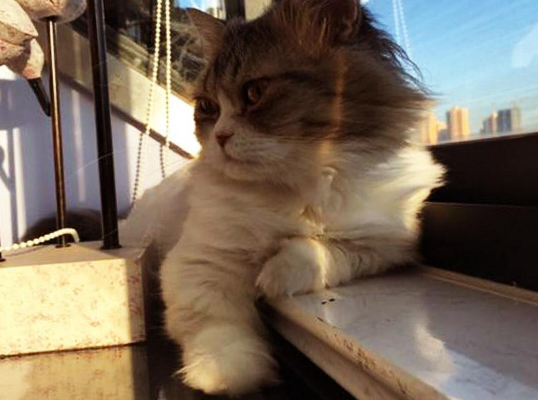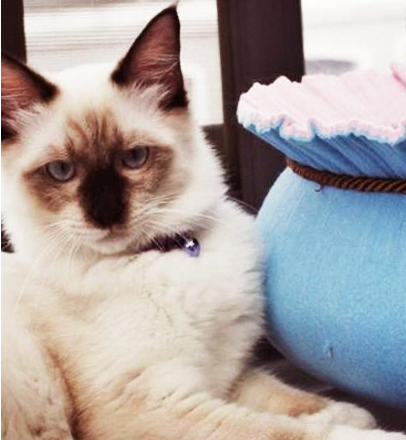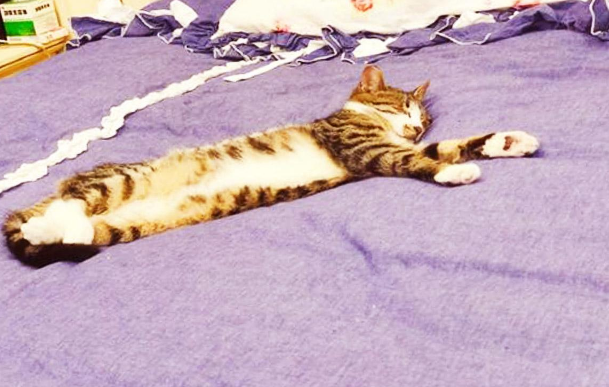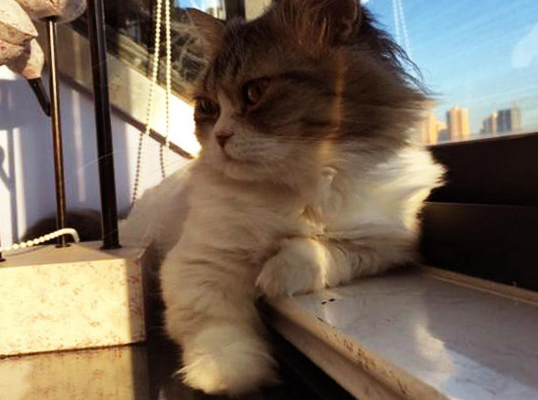Nowadays, there are a lot of cat owners, but there is one thing that every cat owner is worried about, and that is the cat hair loss.
Basically, when it comes to the cat hair season, pooper scoopers will have a huge headache because cat hair will be seen everywhere in the house, plus it is very difficult to clean up.
This is a “must” in the process of raising cats, if you can not accept it, it is recommended that you do not have a cat.
Under normal circumstances, cats will not lose any hair after the moulting season, so there is no need to worry too much.
However, sometimes “abnormal” situations can occur, such as when a cat is sick, which can also cause sudden hair loss, and in severe cases the affected area can even go bald.
Many pooper scoopers are trying to keep their cats from becoming “bald”, and many of them like to apply ginger directly to the affected area to stop their cats from becoming bald, thinking that ginger can promote the re-growth of hair follicles and thus stop the affected area from continuing to lose hair.
Can ginger really stop cats from going “bald”?
If you rub the scalp tissue with ginger, it can make its blood circulation and still have some effect on hair growth, this is undeniable.
But everything has “two sides”, it has a good side, there will certainly be a bad side.
Ginger contains something called “6-gingerol”, the relevant experts conducted tests, the results show that “6-gingerol” on the cat’s hair, but has a growth-inhibiting effect.
See here, we must be a face of questions, began to say that ginger can promote blood circulation and help hair growth, and now say that ginger contains things that inhibit hair growth, that ginger on hair growth is helpful or inhibit it?
The answer is actually “inhibit”, because the “help” effect is “small” in front of the “inhibit” effect “In serious cases, even because of the dosage problem, will make the cat hair loss situation more and more serious.

Hair loss in cats, what causes it?
To put it simply, the causes of hair loss in cats are generally divided into two types, the first is physiological hair loss, and the second is pathological hair loss.
The first kind of physiological hair loss, the shovel officer do not have to be too again, because this is a normal phenomenon, just like girls will have a few days of discomfort every month, as long as the hair change season will be fine.
The second type of pathological hair loss is mostly caused by some skin diseases, commonly caused by parasitic and bacterial infections of the cat’s skin.
How can we tell if a cat has “physiological hair loss” or “pathological hair loss”?

If the cat’s hair falls out very evenly all over the body, it is “physiological hair loss”.
If the cat loses hair partially, it can be initially determined as “pathological hair loss”, and the pooper scooper can pick up the hair around the cat’s partial hair loss and look at it. “pathological hair loss”.
If the cat’s “pathological hair loss” is not serious, the pooper scooper can shave the hair around the affected area, simply clean the affected skin, and then buy some relevant medication and apply it evenly on the affected area, trying to make the application circle larger than the affected area, so that the effect will be better.

If the pooper scooper does not know how or if the cat’s condition is serious, it is recommended to take the cat directly to a professional hospital for treatment.
What are the causes of “pathological hair loss” in cats?
The cat’s skin infection is usually caused by the living environment, and the pooper scooper should clean the damp places in the room, because these places are the “home base” of parasites and bacteria. The best way to prevent the growth of bacteria and parasites is to clean the cat’s litter and litter frequently.
If you have time, often take your cat to the sun, but also can play a sterilizing effect.

